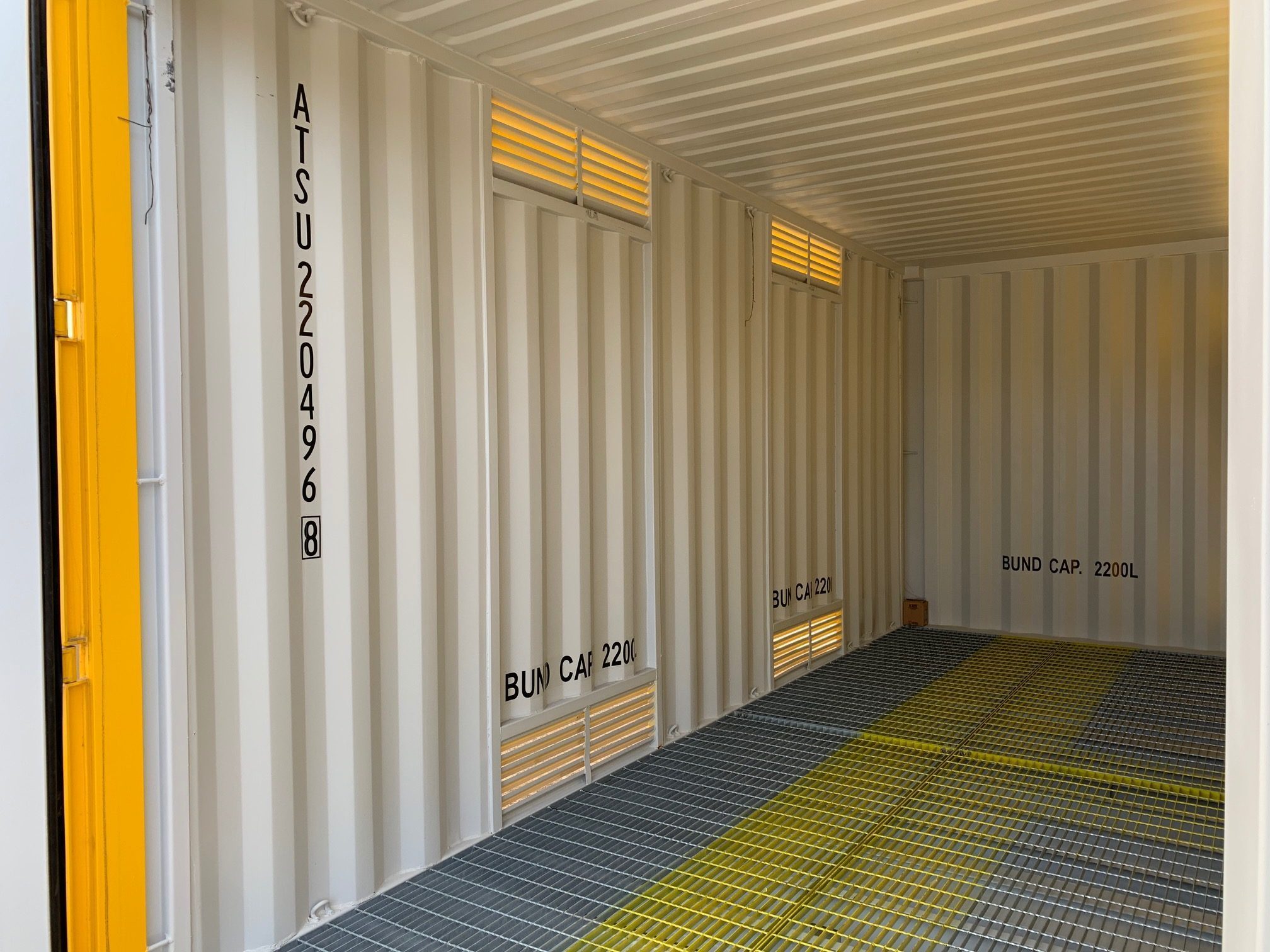One of the greatest global concerns we are facing is climate change. The negative effects we’ve felt, including the melting of ice caps, changing weather patterns and the danger to many animal species have given rise to a movement towards sustainability and self-sustenance. Nations and their representatives have been debating the best approach to shifting focus away from non-renewable resources and coming up with alternatives. At ATS Containers, we want to do our part and pave way for a more hopeful future.
In support of climate change measures, our team has taken a series of initiatives to become a leader in eco-friendly shipping container production and distribution.
One of the first measures we implemented was a change in the materials we use to paint our new, one-trip shipping containers. Our team has been using low-VOC paints that are significantly less harmful to the environment than traditional container paints. We are able to retain a high-quality finish that protects the containers from the elements and lasts for a long time. We also use the same types of paint when customers ask us to repaint used containers or to apply custom brand colors.
Another environmentally conscious decision we’ve made is to use Keruing Apitong wood for our container flooring. Keruing Apitong is a type of bamboo that gets pressed into plywood and put together to create multi-ply plywood flooring. This type of wood is not only abundant, but it can be harvested in a more sustainable fashion as well. The quality of the wood flooring we install in our containers ends up being very high, having low moisture retention qualities that ensure a long-lasting, high-quality floor.
It commonly happens in our industry that shipping containers become damaged. Whether damage occurs on a job site or in transit, we made it a common practice across our yards to recycle damaged containers and use the good parts that remain to repair other units. For example, we can reuse container doors or other metal walls to repair damaged ones. We can do the same for sections of flooring that become damaged. Reusing materials from damaged containers, we can repair units to still be wind and watertight. However, we are mindful of damages that affect the structural integrity of the units we sell. If we come across structural damage on any of the containers in our inventory, we do not repair and resell those.
We like to do our part and contribute to a more environmentally sustainable future. We encourage everyone to take steps to doing the same. Whether you are a business owner or an employee, we hope you will look for ways to enhance your day-to-day practices.
